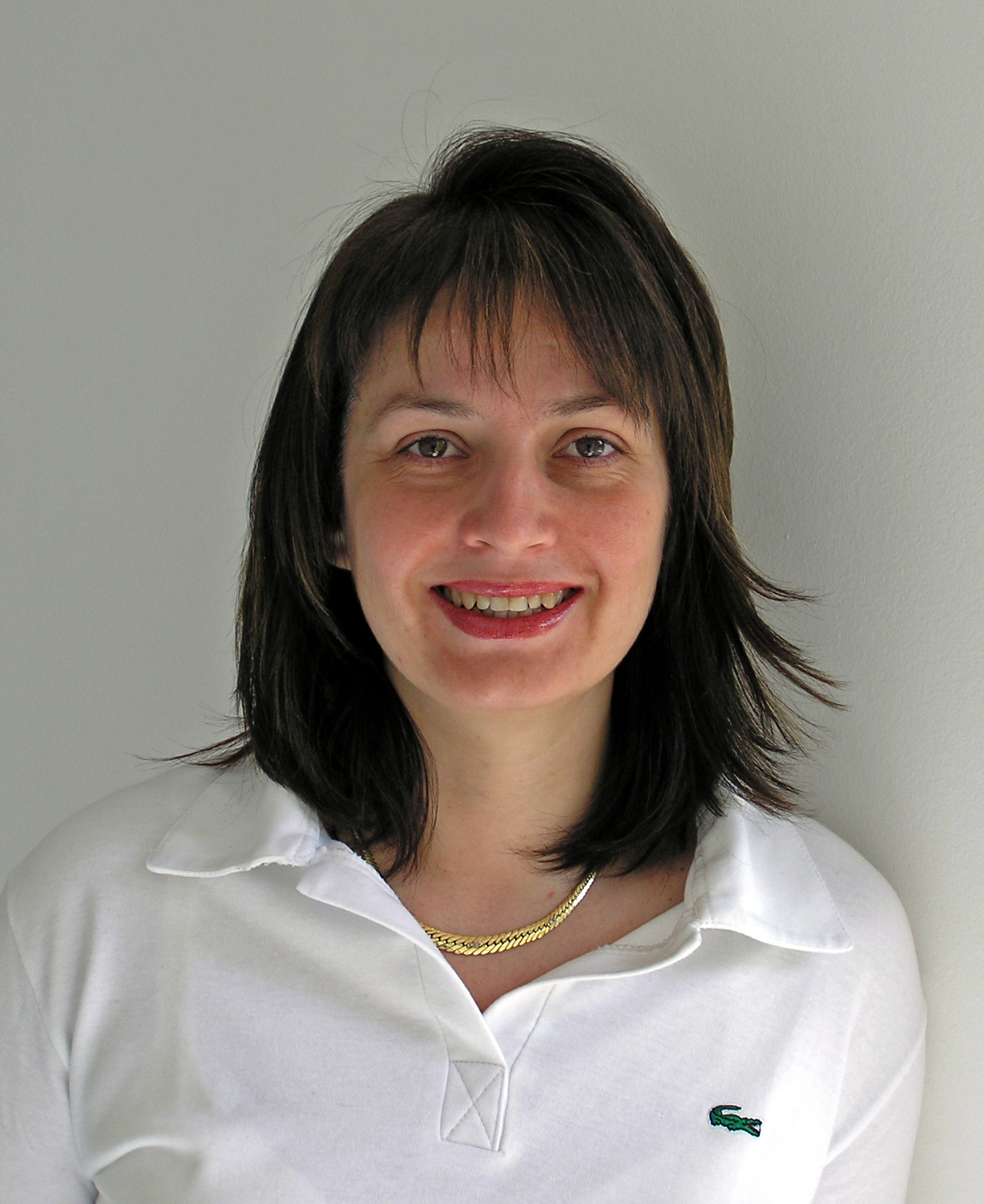
Iva Dekaris
University Eye Hospital ‘Svjetlost’
Croatia
Title: Ultra-thin descemet stripping automated endothelial keratoplasty (UT-DSAEK) – why I prefer this technique?
Biography
Biography: Iva Dekaris
Abstract
Introduction: DSAEK and DMEK are the most popular endothelial keratoplasty techniques. The advantages of DMEK are well known, such as the fastest and best visual improvement, near normal anatomical recovery and very low immune rejection rate. Despite that, DSAEK is by far the most often performed technique; mostly because of its better feasibility, lower rebubling rate and since it is less time-consuming. UT-DSAEK, with lamellas thinner than 100µm, is the technique that could overcome the disadvantages of both methods.
Purpose: Evaluation of visual outcomes after ultra-thin DSAEK (lamellas <100 µm) and comparison to conventional DSAEK (lamellas of 100-200 µm) in eyes with pseudophakic bullous keratopathy (PBK).
Patients and Methods: A prospective case series of 10 PBK eyes undergoing UT-DSAEK (group 1) and 30 PBK eyes undergoing conventional DSAEK (group 2) for the treatment of PBK. UT-DSAEK grafts were obtained with a double-pass technique. All patients underwent serial central grafts thickness measurement with non-contact optical coherence tomography (Zeiss VisanteTM AS-OCT) at various time points after surgery. Differences between the groups regarding best corrected visual acuity (BSCVA) and endothelial cells density loss (ECD) were recorded. Postoperative follow-up was up to 2 years.
Results: UT-DSAEK group showed significantly better postoperative BCVA both in quantity (≥0.1 log MAR) and speed of recovery as compared to conventional DSAEK group (P<0.05). Endothelial cell loss in UT-DSAEK was 41.72% after 12 months and was not significantly different to DSAEK group.
Conclusion: UT-DSAEK provides faster and more complete visual rehabilitation as compared to conventional DSAEK.
